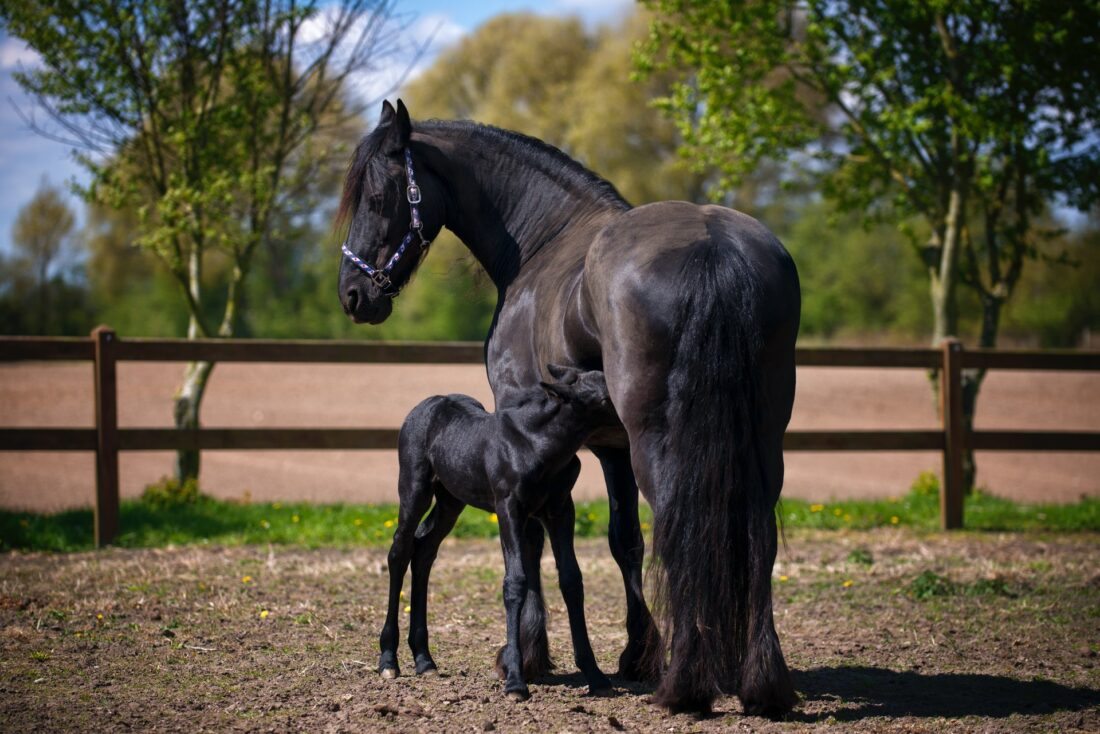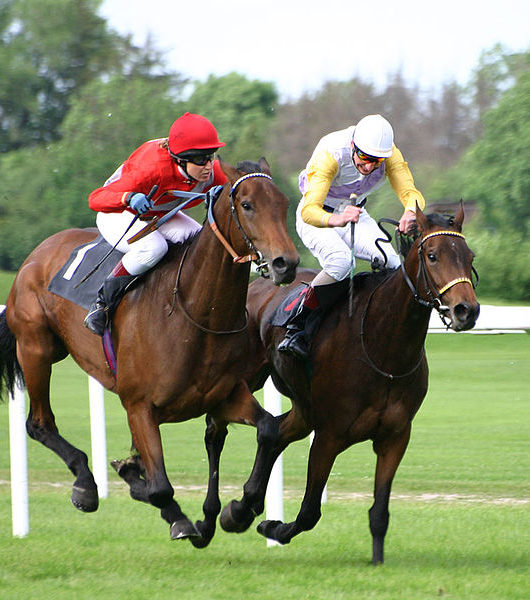A Brief History Of One Of Australia’s Newest Races: The Golden Eagle
 It was only two years ago that The Golden Eagle first entered our collective consciousness, and since then it has already made quite a splash on the Australian horse racing scene. The Golden Eagle history is, of course, a brief one, but nonetheless the story of how it came to be is an interesting one.
It was only two years ago that The Golden Eagle first entered our collective consciousness, and since then it has already made quite a splash on the Australian horse racing scene. The Golden Eagle history is, of course, a brief one, but nonetheless the story of how it came to be is an interesting one.
The idea behind the race
The idea for The Golden Eagle was born out of the fact that a large number of trainers in Australia were choosing to send colts to stud after their two and three-year-old seasons. Clearly it was the financial incentives which were leading to this, with studs offering significant money for talented young colts, however this was proving something of a detriment to the racing industry, which was being robbed of having these horses on the track as a four-year-old. Many trainers believe this to be the prime year for a racehorse, and as a result horses not competing at this age can have a negative impact on the quality of the racing.
A race to encourage owners to keep their horses on the racetrack was therefore a logical idea to pursue. With nothing in the way of history or prestige behind it, however, clearly the race would need a selling point to achieve its goal of keeping horses on the track, and in the most literal sense it got just that.
The prize money for the race is an enormous $7.5 million, making it the third richest turf race in Australia and the fourth highest in the world. First place reels in a cool $4.1 million, and if any horse is able to win The Golden Slipper (for two-year-olds), The Golden Rose (for three-year-olds) and The Golden Eagle in consecutive years, they’ll also haul in a $5 million bonus. Evidently, there is plenty of incentive for owners to aim for this race.
The inaugural winners
The first two incarnations of The Golden Eagle have attracted fairly decent fields, and both winners have been talented three-year-olds who have enjoyed plenty of success at Group level. The first winner, back in 2019, was Kolding, a New Zealand-born, Chris Waller-trained gelding. Kolding, now five years old, has won 10 of his 29 race starts, and entered this race in 2019 coming off a Group 3 and a Group 1 win. Since then, he has gone on to win a couple more Group 1 races, as well as the Group 2 Hill Stakes.
In the second edition of the Golden Eagle, it was Colette who was first past the post. Trained by James Cummings, Colette is a fairly lightly raced mare who has won 6 of her 15 starts, and she entered the 2020 Golden Eagle having won her last four races the season prior – including the Group 1 Australian Oaks. She followed it up with another win, this time at Group 2 level, before she was second in the Group 1 Chipping Norton Stakes, once again demonstrating the quality of horses in The Golden Eagle.
Serving its purpose
It hasn’t taken long for Australia’s third richest race to make its imprint on racing in the country. The Golden Eagle was designed to keep quality four-year-old horses racing, rather than being sent to stud, and it has so far served its purpose. Both winners to date have been quality horses who have had success at Group level both before and after their wins, and as a result the 2021 edition of the event promises to be one of the most anticipated of the season.









